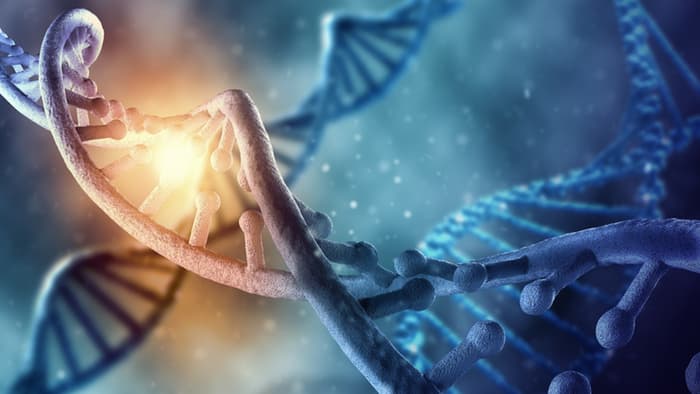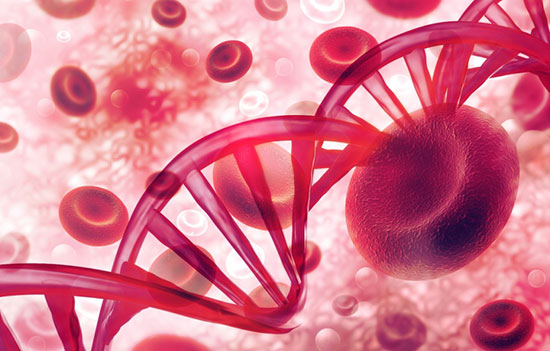Nanochips or gene and protein microarrays containing markers against the entire human genome to study genetic variation (PhD in Nano-Microelectronics)
Researcher and author: Dr. ( Afshin Rashid)
Note: Reproduction and proliferation of nanochips is the more specialized function of nanochips or gene and protein microarrays containing markers against the entire human genome to study genetic variation.
Gene and protein microarrays in very small sizes with the ability to make molecular detections based on DNA and human protein sequences and other pathogens used for research.
Structure and duplication of Lab on a chip nanochips by combining molecular, microelectronic technologies,
With the proliferation of nanochips and Lab on a chip microelements, medical diagnostic laboratories are able to study and measure hundreds of biological substances from blood cell counts to detailed examination of blood factors and other body fluids and tissues, clinical pathology laboratories, and more Imaging systems such as radiology, sonography, endoscopy, CT scan, MRI and other specialized diagnostic methods for the examination of various diseases such as angiography, echocardiography, ECG and other organs are highly developed. With the development of human knowledge in the fields of cellular and molecular sciences, genetics and identification of genes causing various diseases, determining the genome order of pathogens, reviewing and comparing them and creating genomic databases, developing molecular detection methods, laboratory Specialists use these methods to accurately diagnose infectious pathogens, some genetic disorders, and even in some cases for prenatal diagnosis and the possibility of fetal inherited severe diseases and to determine the sex of the fetus. (Microarray technology) Technology Microarray Gene and protein arrays Although several years have passed since the identification of the structure and determination of the complete sequence of the human genome and it has been determined that the human genome is composed of 3 billion new clotides and about 30,000 genes Hereditary diseases have not been solved and the causes of various human diseases have not been discovered due to the complexities in the human genetic structure and various factors affecting it. Because it was previously thought that a gene was responsible for an activity, and experts were studying the structure and function of individual genes and proteins separately, but now Multiple genes have been shown to be involved in some disorders, and a number of processes are involved in a disease or cellular and tissue damage. Invent tens, hundreds and thousands of genes of proteins simultaneously. Combining molecular technologies, microelectronics, robotics, nanotechnology, polymer chemistry, and molecular linkages , it has made it possible to have hundreds and thousands of specific markers (probes) of different genes and proteins in very small amounts (nanoliters) using many needles. Fine on the surface of a microscopic glass slide in regular rows (arrays). In this way, by adding a sample containing healthy and sick Protein-RNA-DNA, it is possible to study genetic changes in different genes and proteins .
Conclusion :
Duplication and Expansion of Nanochips The more specialized function of nanochips or gene and protein microarrays containing markers against the entire human genome is to study genetic variation.
Researcher and author: Dr. ( Afshin Rashid)
PhD in Nano-Microelectronics




